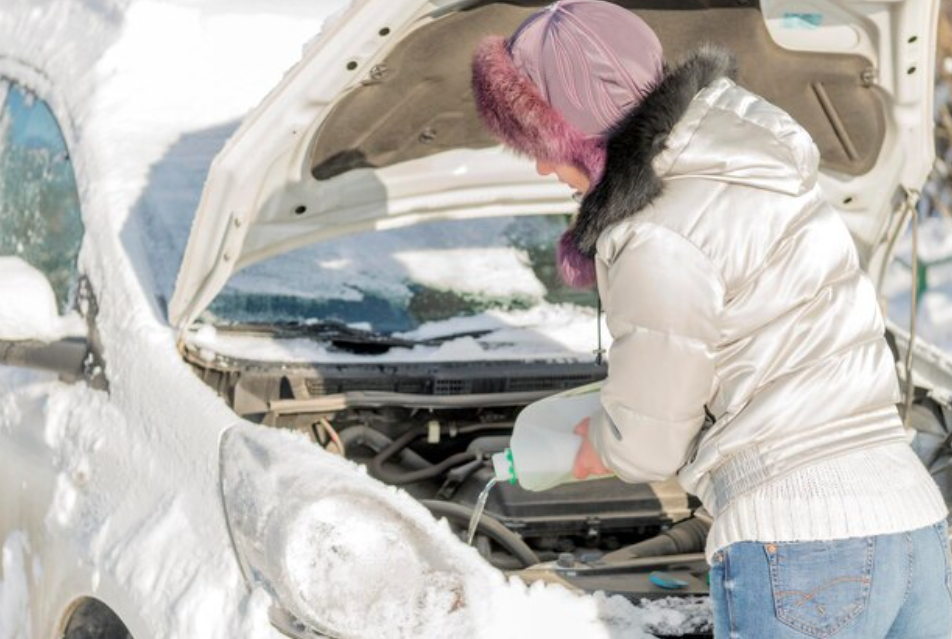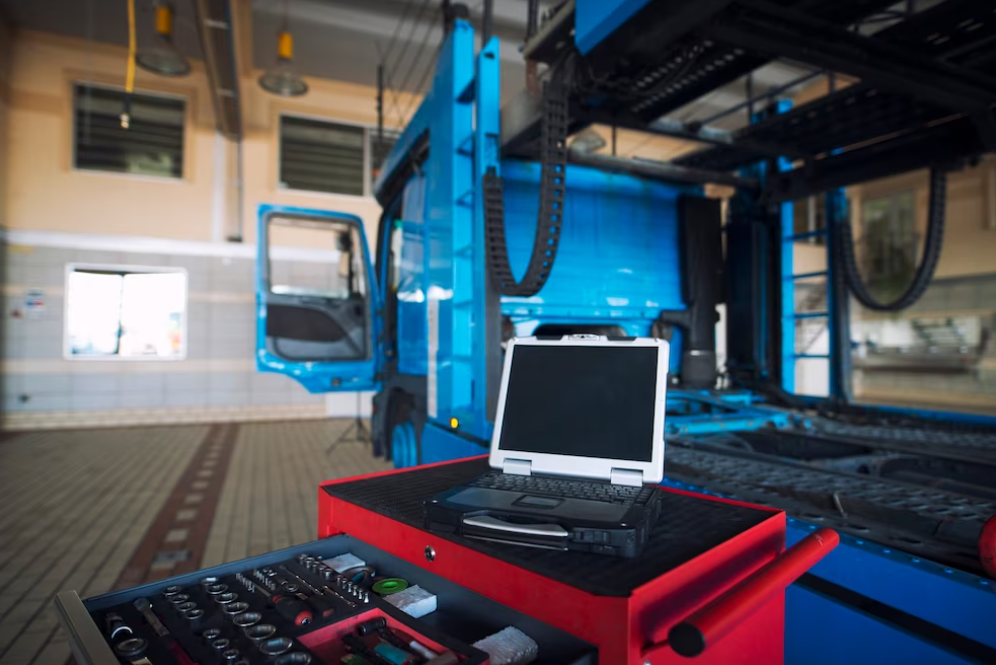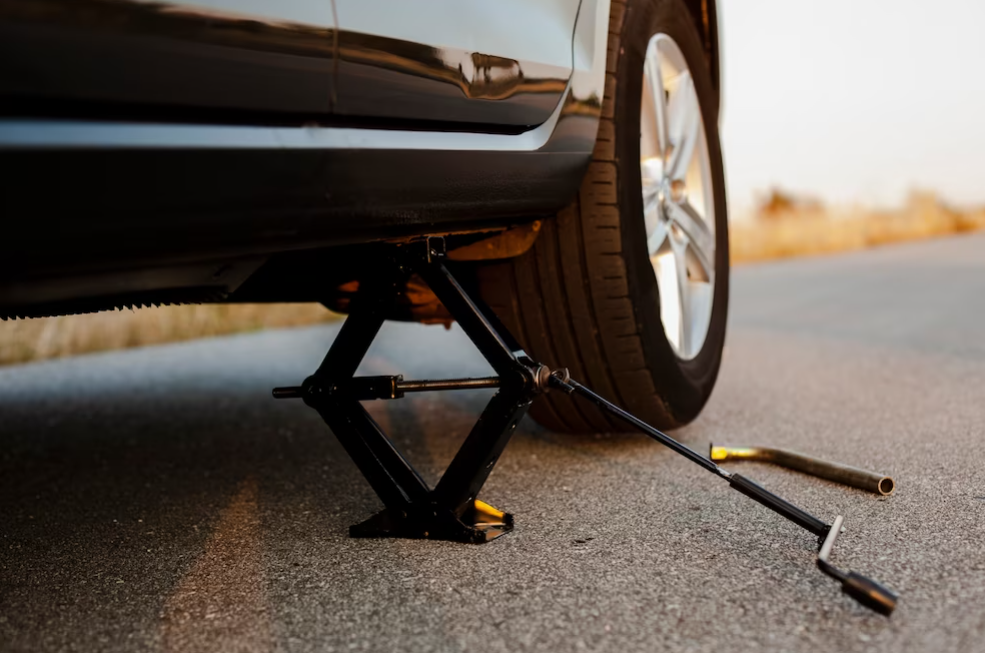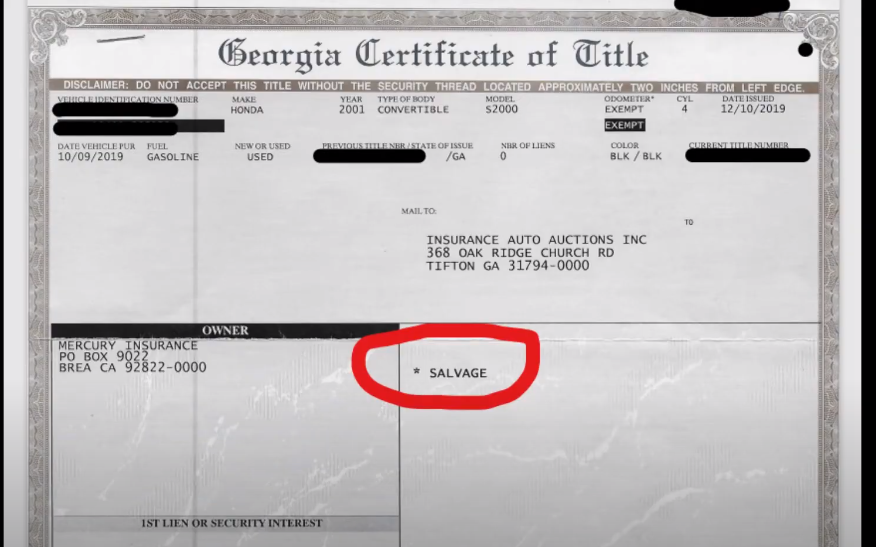How to Winterize Your Car
With winter on the horizon, it becomes essential to dedicate the necessary care to your vehicle, enabling it to traverse snow, ice, and frigid temperatures safely. Explore vital steps and tips for preparing your car for winter, guaranteeing its reliability and efficiency throughout the colder months.

Why You Need to Winterize Your Car?
Winterizing your car is an important way to prepare for the cold, snow, and ice that winter brings. It can help you avoid breakdowns, accidents, and costly repairs, as well as improve your safety and visibility on the road. Some of the benefits of winterizing your car are:
- To stay safe on the road during freezing temperatures, you need to make sure your car is in good condition and has enough antifreeze, gas, oil, and windshield washer fluid.
- To prevent engine problems or leaks, you need to check and maintain your battery, fuel line, and cooling system, and use the right type and quality of oil and antifreeze for your car and climate.
- To keep your car clean, you need to wash and wax your car before and during the winter season, as snow, ice, and salt can damage the paint and cause rust.
- To save on gas, you need to change your oil regularly, drain your fuel line, and keep your tires properly inflated, as cold weather can affect your car’s performance and fuel efficiency.

-
Inspect Your Tires: Start your winterization process by checking the condition of your tires. Proper tire pressure and sufficient tread depth are essential for traction on slippery surfaces. Consider switching to winter tires for enhanced grip in icy conditions.
-
Fluid Check: Cold temperatures can affect various fluids in your car. Ensure that your oil, coolant, brake fluid, and windshield washer fluid are at the recommended levels. Consider using winter-grade oil for improved engine performance in colder weather.
-
Battery Health: Cold weather can be tough on your car battery. Test its voltage and replace it if it's weak. Ensure the battery terminals are clean and securely connected. Consider using a battery blanket or insulator to maintain optimal temperature.
-
Heating System Inspection: Check your car's heating system, including the heater, defroster, and thermostat. Ensure they are working efficiently to keep you warm and maintain clear visibility during winter driving.
-
Wiper Blades and Fluid: Visibility is crucial in winter conditions. Replace worn-out wiper blades and top up your windshield washer fluid with an antifreeze solution. This will help keep your windshield clear of snow and ice.
-
Emergency Kit Preparation: Assemble a winter emergency kit, including essentials like a blanket, flashlight, ice scraper, jumper cables, and non-perishable snacks. Be prepared for unexpected situations during your winter journeys.
-
Protecting the Exterior: Shield your car's exterior from winter elements by applying a protective wax coating. This will help prevent salt and snow from causing damage to the paint and body of your vehicle.
-
Brake Inspection: Ensure that your brakes are in top condition. Cold weather can affect braking efficiency, so a thorough inspection and potential replacement of brake pads or rotors may be necessary.
-
Check Lights and Signals: Verify that all lights, including headlights, brake lights, and turn signals, are functioning properly. Winter days are shorter, and visibility is often reduced, making it crucial to have a well-lit vehicle.
-
Proper Storage Practices: If you have a secondary vehicle or plan on storing your car for an extended period during winter, follow proper storage practices to prevent any issues when you decide to bring it back into use.

-
How often should I check my tire pressure during winter?
During the winter, check the pressure in your tires at least once a month. Tire pressure can decrease in cold weather, which can impair traction and fuel economy.
-
Should I warm up my car before driving in cold weather?
Modern cars don't require long warm-up times. It's generally sufficient to let your car idle for a minute or two before driving in extremely cold conditions to allow the engine oil to circulate.
Read another review here: The 10 Best Head Units For An Enhanced Driving Experience


.png)











